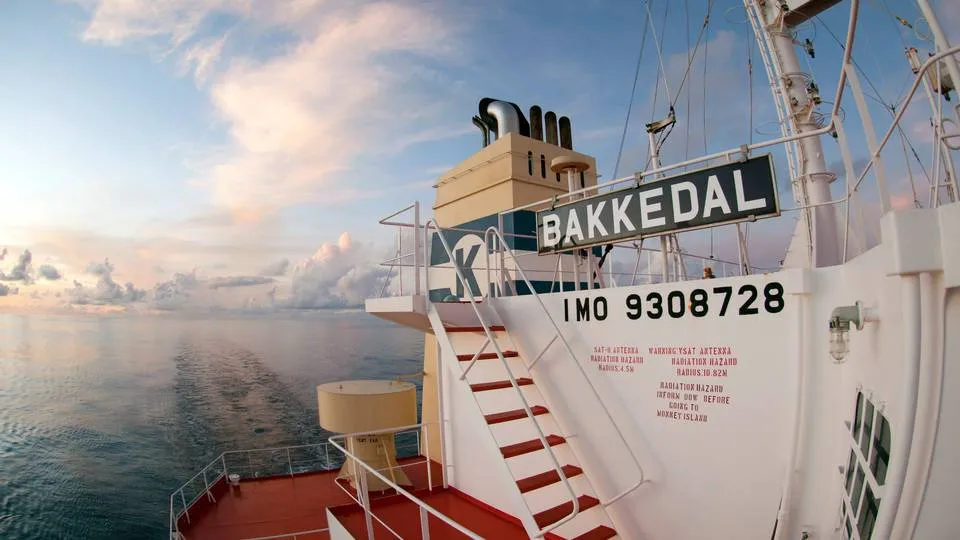Scorpio Group group quality auditor and trainer, Ozgun Altintas, examines how the SIRE 2.0 programme strengthens maritime safety
After several decades of service at sea and now in a role as a marine auditor, I have witnessed the distinction between superficial compliance — what might be termed “paper safety” — and genuine safety, which is embedded in crew behaviour, onboard culture, and leadership ethos. The transition to SIRE 2.0 marks a significant development in tanker safety oversight, as the system shifts from being a compliance-driven audit to a proactive tool that provides insight into behaviour and cultural readiness.
Rather than superseding existing safety frameworks, SIRE 2.0 enhances and complements them. The foundational principles of the ISM Code, the ISPS Code, and the Maritime Labour Convention (MLC) remain intact, but SIRE 2.0 deepens their application by observing how they function in day-to-day shipboard practice.
Traditionally, the Ship Inspection Report Programme (SIRE) operated as a snapshot assessment — a one-day audit in which an inspector reviewed documentation, equipment functionality, and procedural compliance. While effective to a point, this model rarely provided insight into latent risks or the operational realities of shipboard life.
Under SIRE 2.0, however, the emphasis has shifted from static documentation to dynamic operations. The focus is now on real-time assessment of how the ship functions as a living system. Inspectors look beyond whether a procedure exists to how well it is understood and enacted. Is the crew aware of the rationale behind their safety-critical tasks? Is leadership actively engaged during drills and routine operations? How do seafarers respond to unexpected scenarios or non-standard questions?
This is not an effort to catch crews unprepared. On the contrary, it is a methodology designed to uncover authentic safety behaviours and create opportunities for early improvement — before incidents or deficiencies arise.
“Rather than seeing the human element as secondary, SIRE 2.0 places it at the centre of vessel performance and safety”
The alignment between SIRE 2.0 and the International Safety Management (ISM) Code is particularly strong. The ISM Code requires the implementation of a Safety Management System (SMS), yet this system only adds value if it is embedded in daily practice, rather than archived in manuals. SIRE 2.0 supports this by directly observing the crew’s comprehension and application of the SMS. It assesses leadership performance — especially from senior officers such as Masters and Chief Engineers — and evaluates behavioural indicators such as situational awareness, toolbox talks, Stop Work Authority, and the quality of safety feedback culture.






